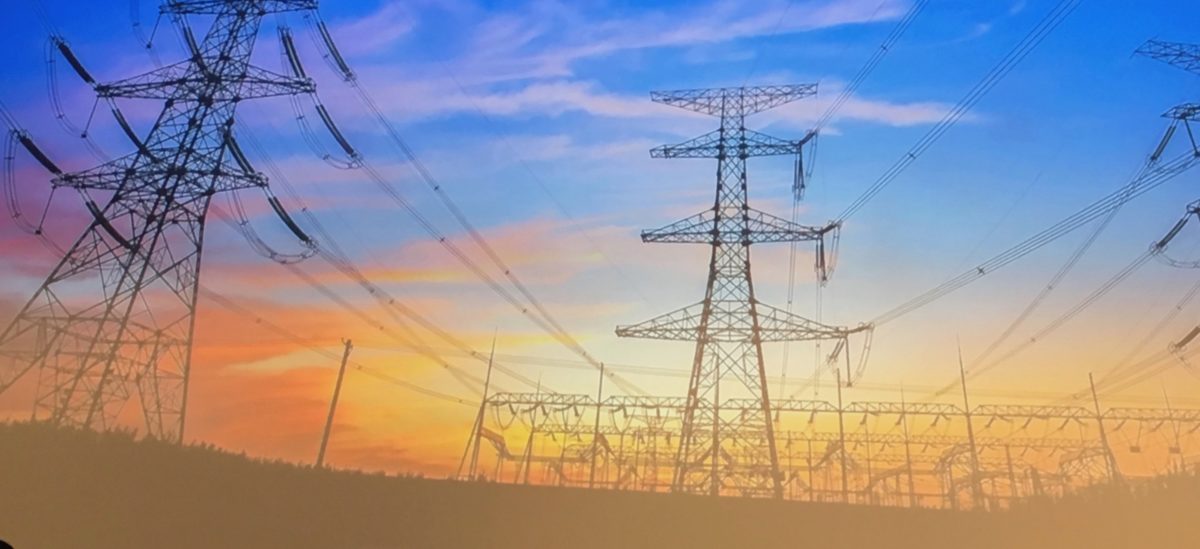Queensland is fast-tracking support for the massive CopperString 2.0 high voltage transmission line to provide cheaper power and turbo-charge investment across its North West Minerals Province, as part of its Covid-19 economic recovery plan. The $1.5 billion transmission link has received a $14.8 million boost from the state Labor government to continue its development activities and prepare for construction in 2021.
By extending the national electricity grid from Townsville across the North to Mount Isa, the government expects CopperString to underpin the creation of thousands of minerals mining and industrial manufacturing jobs for generations to come and stimulate large-scale renewable energy investment.
Touted as the nation’s largest geographical expansion of the National Electricity Market (NEM), the 1,100-kilometre high-voltage transmission line would integrate the state’s isolated north-west power supply with North Queensland and the rest of the state’s electricity network. On top of that, the project is expected to bring considerable economic benefits to the area.
“That means hundreds of jobs in construction and 30 ongoing operational jobs. But more importantly, it means lowering energy costs for the North West Minerals Province where we have half a trillion dollars in the new economy minerals needed for batteries and renewables,” Premier Annastacia Palaszczuk said.
Looking at the broader picture, the unlocked private investment is expected to result in over 3,500 jobs in North Queensland and a $79 billion economic boost over 30 years.
“I just don’t want to see the minerals, cobalt, copper, scandium and vanadium mined in Queensland. I want to see batteries manufactured in Queensland because that means more jobs in the regions,” Palaszczuk said. “This is the type of productive infrastructure that will position Queensland for the next half a century.”
Project funding
The $14.8 million is conditional on project milestones and subject to approvals. The Queensland government already committed $1.18 million to the CopperString project last year, after the federal government had allocated $4.7 million to help with early works.
While it is still relying on a potential major contribution from the Northern Australia Infrastructure Facility (NAIF), the project has also landed a deal with global infrastructure funder DIF Capital Partners – which will provide about $5 million in development costs and up to $400 million in equity funding to help it get off the ground.
The CopperString project has been championed for years as a way of lowering power prices for big industrial users in Mount Isa, which currently rely on costly generation from two gas-fired power stations.
Welcoming the state government’s commitment and funding on Tuesday, Copperstring 2.0 Director, Joseph O’Brien, said the team is getting on with the job of getting the project ready for construction in the first half of 2021.
“The Queensland Government has demonstrated an inspiring vision for North and North West Queensland powered by a strategic transmission investment and the country’s best renewable energy zone, and today is a critical step forward in creating jobs and prosperity for our region and ensuring the world has a secure supply of clean minerals needed for the modern global economy,” O’Brien said.
The funding announcement was also welcomed by NGO Solar Citizens, saying CopperString 2.0 project would allow new solar and wind projects to connect to Queensland’s grid to drive down power prices for industry and consumers.
“North Queensland has incredible solar and wind resources that can be utilized to provide cheap electricity for energy-intensive industries like minerals processing,” said Ellen Roberts, Solar Citizens’ National Director. She went on to note that the Sun Metals’ Townsville zinc refinery is already making the most of Queensland’s natural renewable advantage to power their facility. “By supporting more renewable investment and transmission infrastructure, we can see more onshore minerals processing and manufacturing,” she added.
Research from Green Energy Markets (GEM) commissioned by Solar Citizens recently found that more than 51,000 jobs could be created in Queensland if all 108 large-scale renewable energy projects currently in the development pipeline were given the green light.
This content is protected by copyright and may not be reused. If you want to cooperate with us and would like to reuse some of our content, please contact: editors@pv-magazine.com.









By submitting this form you agree to pv magazine using your data for the purposes of publishing your comment.
Your personal data will only be disclosed or otherwise transmitted to third parties for the purposes of spam filtering or if this is necessary for technical maintenance of the website. Any other transfer to third parties will not take place unless this is justified on the basis of applicable data protection regulations or if pv magazine is legally obliged to do so.
You may revoke this consent at any time with effect for the future, in which case your personal data will be deleted immediately. Otherwise, your data will be deleted if pv magazine has processed your request or the purpose of data storage is fulfilled.
Further information on data privacy can be found in our Data Protection Policy.